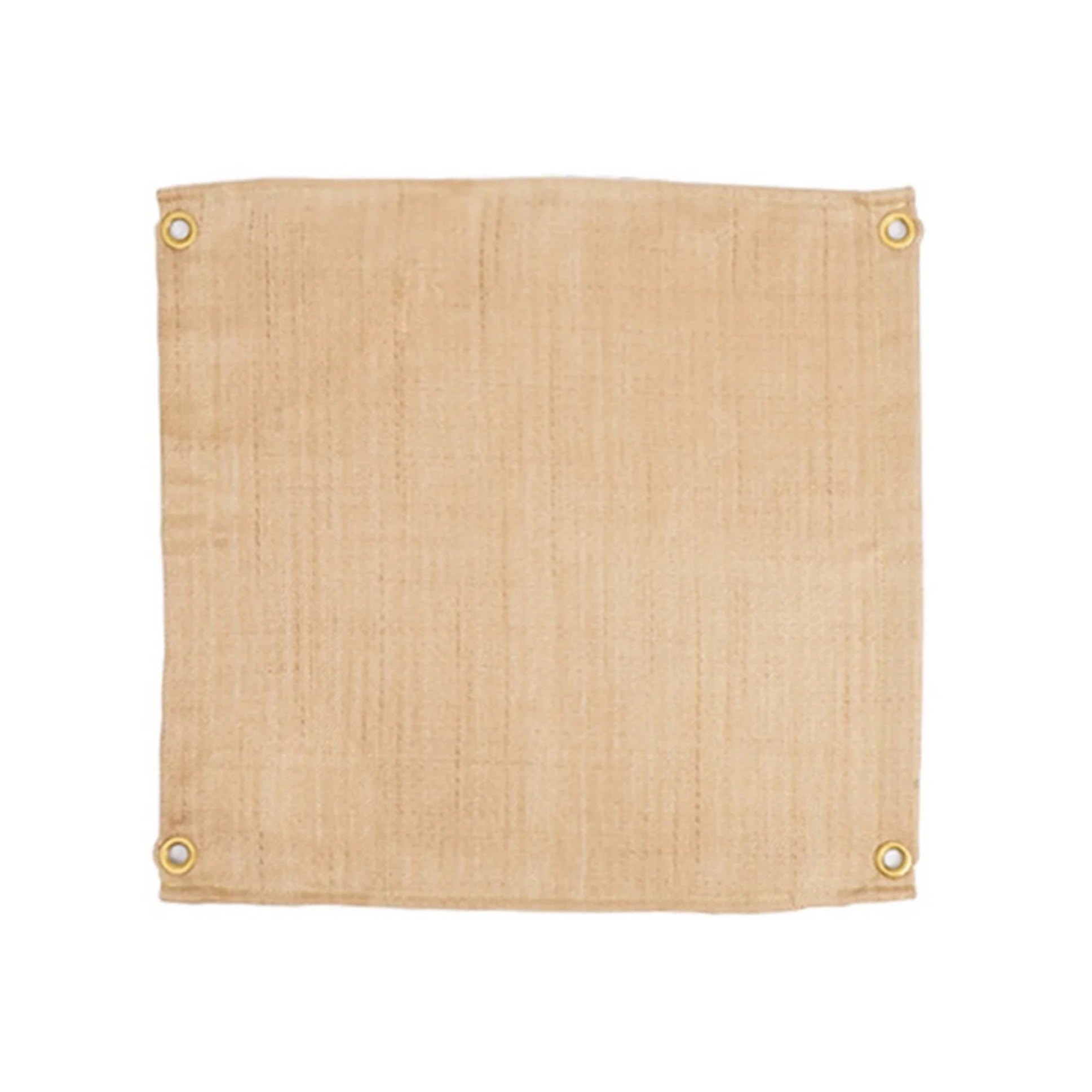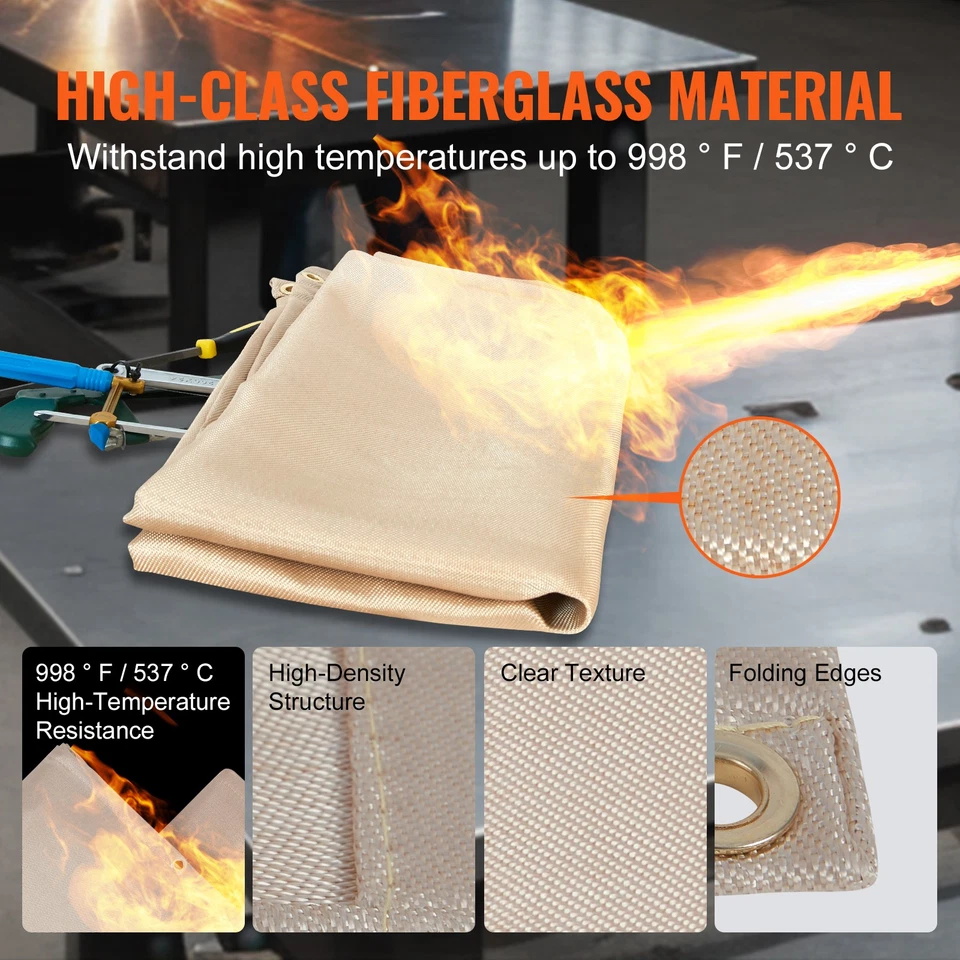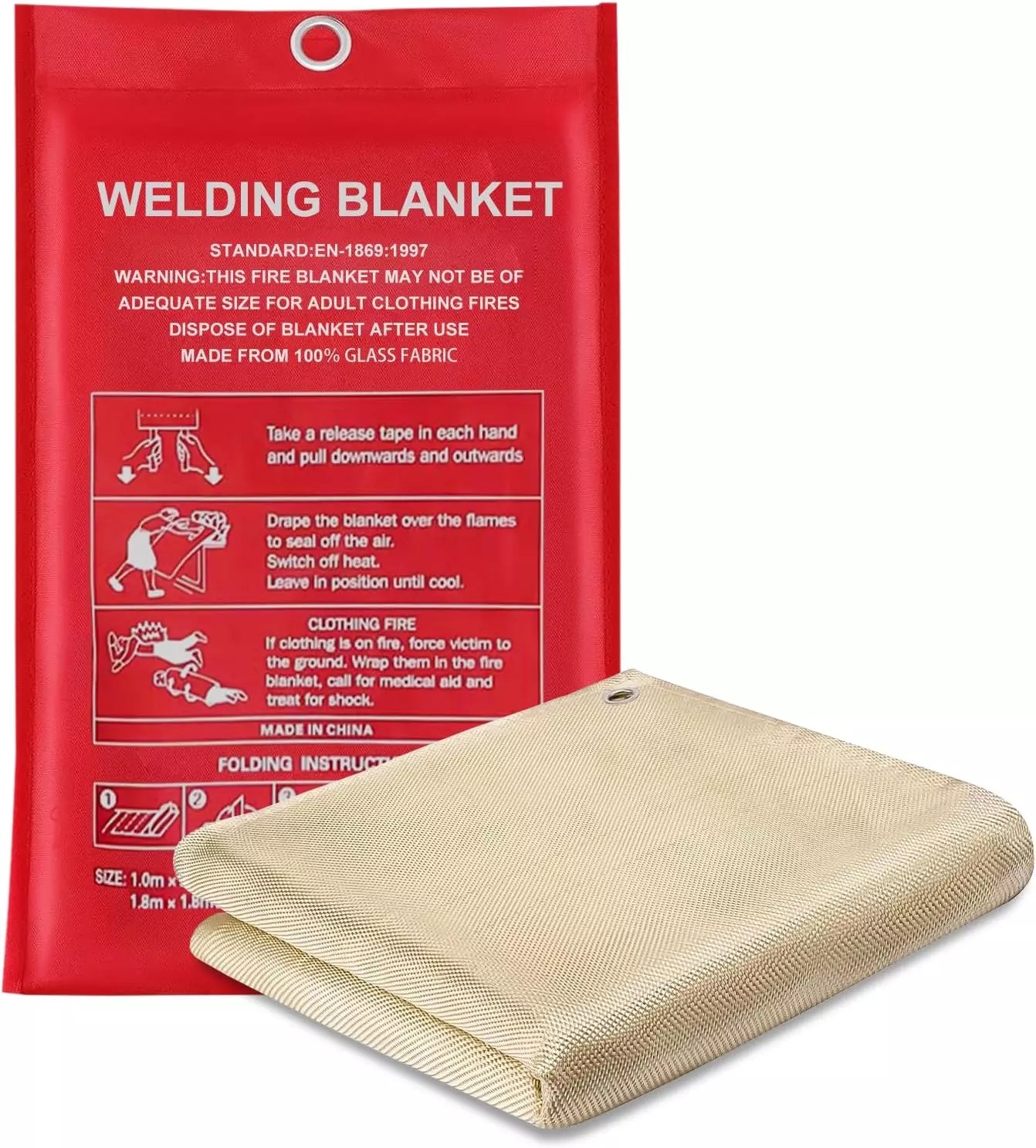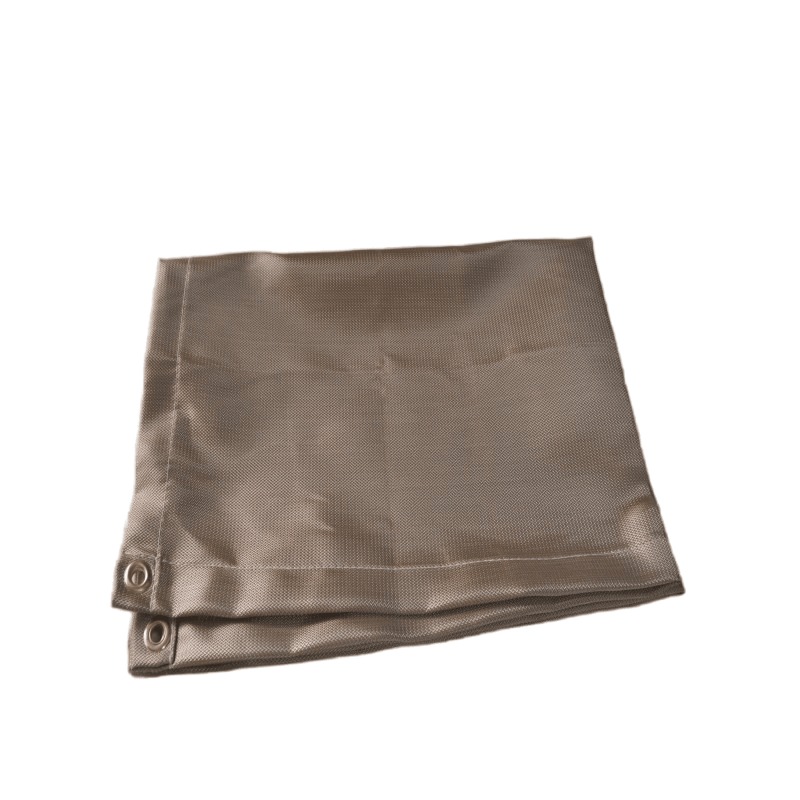Fire Saver Blanket: Your Essential Emergency Fire Safety Tool
A Fire Saver Blanket is a life-saving device that smothers small fires by cutting off oxygen. This guide explains how it works, when to use it, and why every home needs one. You'll learn proper techniques and maintenance tips for maximum safety.
What Is a Fire Saver Blanket?
A Fire Saver Blanket is a specially designed fire-resistant sheet made from materials like fiberglass or wool treated with fire-retardant chemicals. When placed over a fire, it starves the flames of oxygen, extinguishing small fires quickly and safely.
When Should You Use a Fire Saver Blanket?
Your Fire Saver Blanket works best on:
- Kitchen fires (grease, oil, or electrical appliances)
- Small trash can fires
- Clothing fires (wrap around a person)
- Camping or outdoor cooking accidents
Never use it on large fires, gas leaks, or chemical fires. In these cases, evacuate immediately and call emergency services.
How to Use Your Fire Saver Blanket Correctly

Follow these steps for safe operation:
- Turn off the heat source if possible (stove, grill, etc.)
- Hold the blanket by its corners with your hands protected
- Place the blanket gently over the flames - don't throw it
- Leave the blanket in place until completely cooled
- Never lift the blanket to check - this could reignite the fire
Why Choose a Fire Saver Blanket Over an Extinguisher?
While fire extinguishers are essential, your Fire Saver Blanket offers unique advantages:
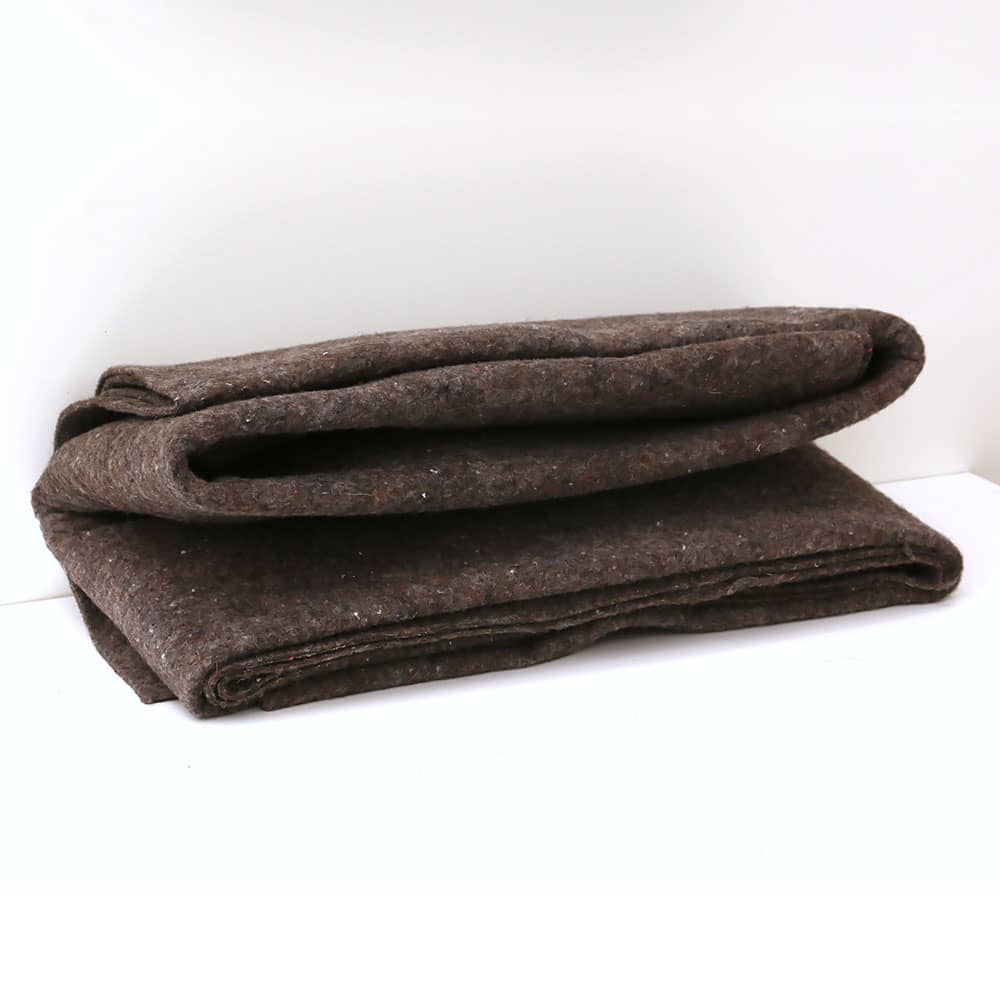
- No messy chemical residue
- Works on grease fires where water would spread flames
- Simple operation - no pins to pull or techniques to remember
- Can protect your hands when escaping through flames
- Lasts years without maintenance (unlike extinguishers that need regular checks)
Proper Storage and Maintenance
To keep your Fire Saver Blanket ready for emergencies:
- Store in a quick-access location (kitchen drawer near stove is ideal)
- Keep it in its original packaging to prevent damage
- Check annually for tears or damage
- Replace if used or after 5-7 years (check manufacturer's recommendation)
Fire Saver Blanket vs. Traditional Methods
Unlike water (dangerous for grease fires) or baking soda (often insufficient), your Fire Saver Blanket provides reliable protection. It's more effective than wet towels and safer than trying to carry a burning pan outside.
Choosing the Right Fire Saver Blanket
Look for these features when purchasing:
- Certified to safety standards (like EN 1869)
- Appropriate size (at least 1m × 1m for home use)
- Durable packaging that's easy to open in emergencies
- Clear usage instructions printed on the packaging
Teaching Your Family to Use the Fire Saver Blanket
Practice these steps with household members:
- Show where the blanket is stored
- Demonstrate how to remove it from packaging
- Practice the covering motion (without actual fire)
- Review when NOT to use the blanket
Final Safety Reminders
Remember:
- Your safety comes first - don't risk burns to save property
- Smoke inhalation is dangerous - stay low if smoke is present
- Have an escape plan and meeting point outside your home
- Test smoke alarms monthly
A Fire Saver Blanket is one of the simplest yet most effective fire safety tools you can own. Combined with smoke detectors and an escape plan, it significantly improves your home's fire preparedness. Purchase quality blankets from reputable safety equipment suppliers and practice using them before an emergency occurs.


